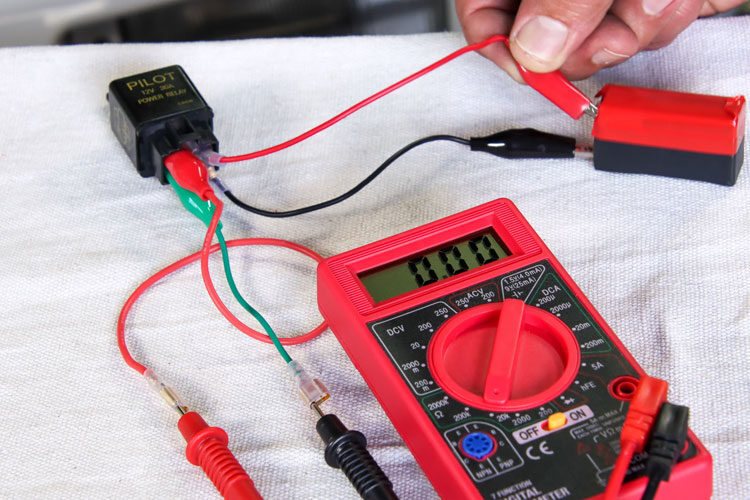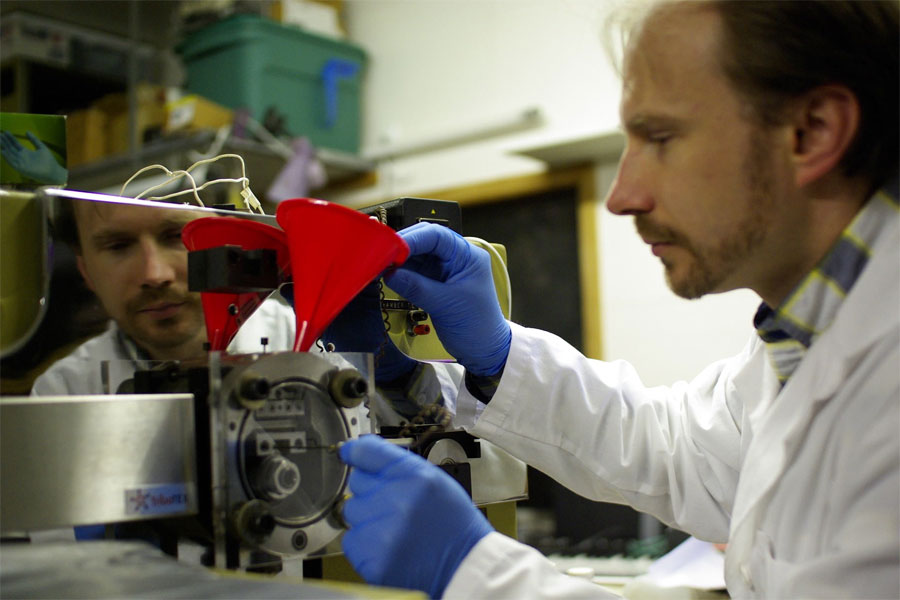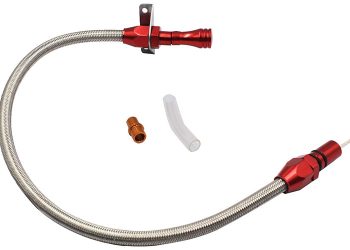Relay is not only the switching device but primary protection for many types of equipment and control processes. An essential function of the relay is to isolate a larger electric circuit from the smaller one.
There are many indications of a faulty circuit, including zero battery performance, visible smoke and flames, and stalling. You can also check the condition of the relay by going through the relay circuit.
This article consists of various methods to check out a malfunctioned relay; if you are interested, follow the below-mentioned methods and check out if the relay has any faults.
What Is A Relay?
An electrically operated switch consists of a set of input terminals and a set of operating contact terminals. Relay is used to control a circuit by single or multiple signals. They were initially used in the long-distance telegraph circuit.
The relay consists of an internal electromagnet that plays an essential role in stopping and starting electricity flow. So, relays are crucial in the switches’ long life because a button sends a low amperage current via a relay when activated by the driver.
Indications of a Faulty Relay?
Many symptoms are indications of a faulty relay. For this purpose, you need to have a basic understanding of the relay circuit. Every relay has its standard numbers, which identify the four connections of the relay.
Two pins are on the relay’s control side, one pin to supply the power into the relay, and the fourth one is the ground pin. There are several other pins which have their specific functions. Here are few indications of a bad relay:
- If the relay is faulty, then the battery will be dead or near to dying. The electric flow through the battery becomes unstable because of the malfunctioned relay, and the battery’s juice will deplete.
- Relay is responsible for the electricity flow through several systems, and if this flow is interrupted, the vehicle may stall.
- Sometimes the relay is burnt because of the overflow of electricity. These visible indications of the burnt relay are smoke, flames, and yikes.
- The continuous ignition failure is also the symptom of a bad relay.
Different Types of Relays
Depending upon their function, there are different types of relays. The best among them are the solid-state relays. They are easy to troubleshoot and are cost-effective. The new relays come in DIN rail packages and block mountings.
A particular type of relay called the SCR relays comes in two patterns. First is the heating wire and the second is the I.R. lamps and ovens. This type of relay is a fast switch on a more immediate switch and is used in exquisite processes. These switches can automatically turn on and off on the temperature fluctuations.
D.C. and A.C. relay work on the principle of electromagnetic induction. The internal construction of these relays is a bit different and depends on the purpose of the application. D.C. relays are mostly used in freewheeling, and A.C. relays use laminated cores to prevent current losses.
Various Ways To Test A Faulty Relay
Relay is an integral part of the vehicle and they direct low power signals to a much higher power circuit. The relay function is to separate the high power circuit from the short power circuit with a small electromagnetic coil. Here are some methods through which you can test a faulty relay:
Visual Relay Inspection
There are relay schematic data sheets on the relay circuit. If the datasheet is worn out or not visible, this may indicate the faulty relay. You can also do the relay’s visual inspection. Many relays have a plastic shell, and visible damage will help detect the issue.
The modern world relays have a LED light; if the light is on, the relay is working correctly. If the light is off, then you can easily detect that the relay is bad.
Check The Relay Coils
To check the relay coils, you will have to go through the relay circuit’s manual and datasheet. When you reached the relay coil, check out the resistance between each relay’s pole using a digital multimeter.
All the N.C. contacts’ readings should be 0 ohms, and all the N.O contacts should have an infinite resistance to their corresponding poles. Then provide power to the relay using an independent battery source and pay attention to the relay’s click.
In the energized condition, the N.C. contact will give the infinite resistance reading. In contrast, the NO contacts will give 0 ohms to their corresponding poles.
Solid State Relay Testing
Here comes another method to check the faulty relay that is testing the solid-state relays. First of all, you need an ohmmeter; it will inspect the normally open N.O terminal of the relay. Perform this testing while keeping the control power off.
To confirm your findings, you will need a multimeter in diode test mode. Put the multimeter in diode test and check across the A1 (+) and A2 (-). If the relay is wrong, the meter will give out the reading 0 or O.L.
On the other hand, if the reality is in good condition, then the meter reading will be 0.7 for a silicon transistor and 0.5 for a germanium transistor. The solid-state relays are extremely easy to troubleshoot, long-lasting, and cheap to replace.
Final Words
Relays are the backbone of different electric circuits present in other pieces of equipment and electrical circuits. This article consists of the necessary information about various types of relays, which will help you in best regards.
Moreover, the article also comprises of different methods to check either your relay is working well or not. Although it involves some technical knowledge, you can quickly check the relay on your own after reading this article.














